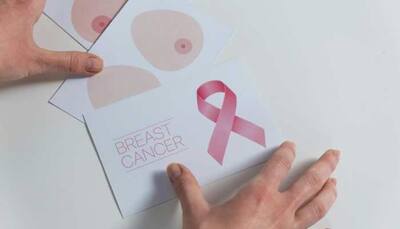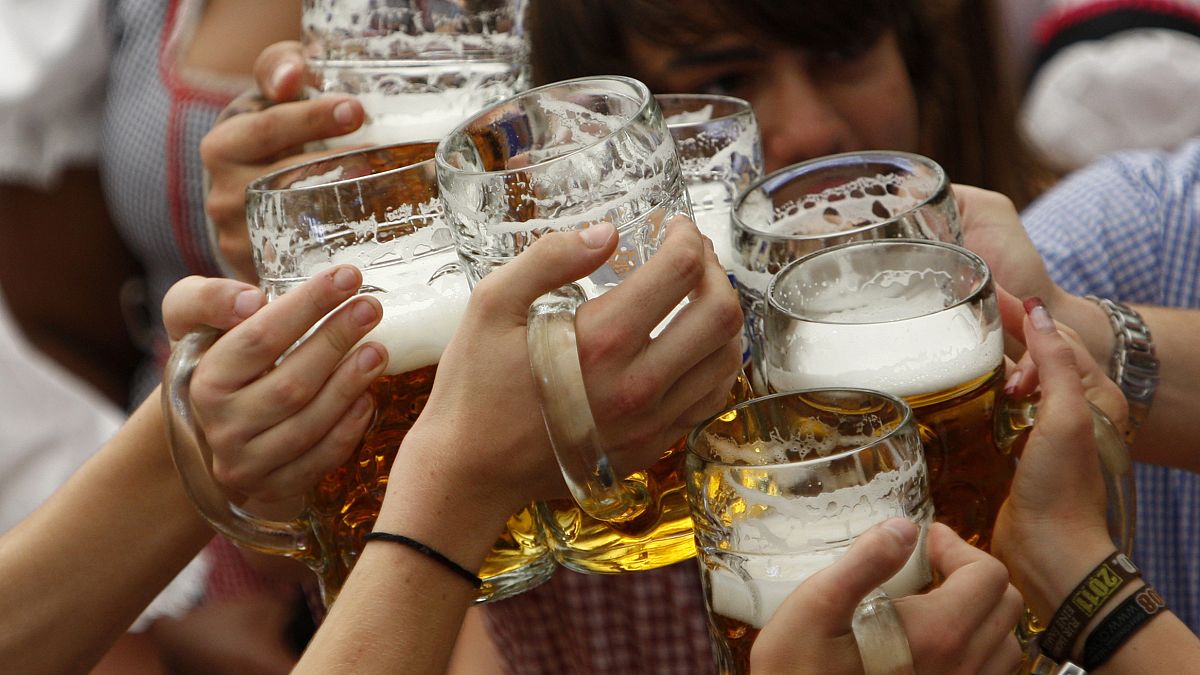Food scares are becoming legion. Salmonella in salad greens. Staple crops and luxuries like cocoa and coffee are imperiled by climate mayhem.
The megafauna have mostly gone extinct and the herbivores we breed to replace them on our plates are numerous and gassy enough to change the climate even more. The oceans and lakes are massively overfished but fish farms pose environmental and humanitarian concerns . Enter the scientists at Ben-Gurion University of the Negev with an advanced aquaponics system to grow fish and vegetables together more efficiently in a closed loop system.

The paper by Dr. Amit Gross with Dr. Ze Zhu and Dr.
Uri Yogev from Ben-Gurion University and Prof. Karel Keesman from Wageningen University in the Netherlands was published last week in the journal Resources, Conservation and Recycling. The ultimate goal is to improve food security.
They are working with the barramundi, a popular Australian fish that is also widely grown in fish farms. Hydroponics is growing veg in water, no soil. Aquaculture means growing fish, no veg, no soil.
Aquaponics combines aquaculture and hydroponics to grow veg hydroponically together with fish. It is with aquaponics (fish + veg) that we engage here. Truth is aquaponics has been around for some 60 years, yet remains neglected, Gross says.
For most parts it wasn't efficient and wasn't developed onward. Their new system is unique in being almost completely closed and not only exploits fish feces and vegetable waste, extracting nutrients from them; crucially it also produces energy that can be harvested, the team explains. It is much more efficient than conventional aquaponics systems that can grow fish + veg but create more waste and don't harvest energy, they say.
Yes, the vegetables are fertilized with fish feces but fussiness over that is inappropriate. Go ahead, analyze your coffee for mouse droppings , your tea bag for bleach, those industrial cookies for propylene glycol and tertiary butylhydroquinone or check out snail mucus skin cream . Don't even ask what's in sausages.
Also note we don't fertilize farm fields with fairy dust. Vegetables grown with fish excretions suddenly sound positively wholesome. In addition, you don't have to tell the family that Barry the Bream watching them from the closed loop tank in the barn fertilized their peas.
The point is that the aquaponics system the team is developing could contribute to food security, if and when brought to significant scale. "Feeding the more than 8 billion people on the planet while reducing greenhouse gas emissions will require innovative technologies. Those that combine two functions in one are obviously preferable," Gross says.
"Fish are a sustainable high-quality source of protein with a far smaller carbon footprint than most other sources. Combining fish growth with vegetable production and preventing waste is a win-win-win." The tomato, not a root vegetable How do they achieve this win-win-win? Firstly, preventing waste is a euphemism for exploiting it rather than dumping it into the river or wherever.
When one feeds a fish, about 80 percent of the feed turns into fish excretions, mostly feces; and while fish don't urinate, they do secrete ammonia from their gills, Gross explains. (Note to self: Don't kiss fish on the gills.) All that poo and ammonia goes into the water.
If the waste isn't removed, the fish will die. Typical aquaculture (fish farming) handles the its effluent water like wastewater that has to be treated . A key innovation of the new system is to unleash anaerobic bacteria (don't need oxygen) on the fish wastewater and let them eat it.
By doing so, the bacteria convert the excrement into methane, which is a greenhouse gas when "wild" and an energy source when "tame". Nutrients from the poo are returned to the water and used to fertilize the vegetables where while methane is exploited for energy to run the system. Ta da! Now for the plants.
Take a tomato plant. We don't eat the stems, roots and leaves. Why throw them out when they can be exploited? Thusly, Gross claims, with the same amount of fish feed as provided to a conventional aquaponics system, they can produce about three times more vegetables.
Note that a closed loop system like they envision, if scaled up, would theoretically produce a lot more veg than fish. "Theoretically – we haven't done this to scale yet – if we grow not 50 kilograms of fish like here in lab but about a ton, we would get enough energy to support the whole system, with no need to tap the grid," he elaborates. This is all still quite theoretical because it's being done small-scale in the lab at the Sde Boker research facility.
The team estimates that for the intensive process to be economically feasible, they have to grow not 50 kilos of fish but at least six tons. How closed is this loop, anyway? Almost, as said – there is some water loss from the plants' transpiration and the scientists have to augment the fish feed with some minor elements, he adds, which is the case in all aquaponics systems. But hopefully, if done to scale, the system can operate without connection to the grid, a major potential savings.
What needs to happen to move beyond potential? "Just do it," he answers. "The one thing we need is somebody to say, 'I want to grow 6 tons of fish' – I don't have the capacity or funding." Vaguely cognizant of the difficulties involved in keeping saltwater fish as pets, one wonders if this closed loop system would be only be appropriate for freshwater fish.
Anyway, what veg would grow in seawater? But Gross says the exact same can be done with fish living in brackish water and it's theoretically doable with ocean fish as well. One wouldn't grow lettuce in seawater but could grow halophytes like algae or even glasswort, which grows naturally in salt marshes and is popular as a raw green garnish or cooked vegetable. Gross believes the methodology to be humane, noting that there is no measurement for inhumanity but their fish are being grown at a much lower crowding level than schooling density – about 100 kilos of fish mass per cubic meter of water.
"We can measure their physiological parameters and growth rates to make sure they're thriving. We see that they are," he says. Grown in a closed, controlled environment and away from large water bodies, the chances of the fish contracting disease are very small, he adds.
And in contrast to fish farms in the sea, their system is not prone to marine parasite infection. There is, simply, no water around them..


















